This blog highlights some of the key messages from a recent phone survey carried out with parents and caregivers of pre-primary school-aged children in Ethiopia. The researchers involved are Janice Kim, Research Associate, and Pauline Rose, Director, at the REAL Centre, University of Cambridge; Tassew Woldehanna, President at Addis Ababa University; Belay Hagos Hailu, Director at the Institute of Educational Research; and Mesele Araya, Assistant Professor at Addis Ababa University. Funding for these phone surveys was provided by the World Bank Early Learning Partnership.
School closures due to the COVID-19 crisis has had serious consequences for children and families around the world. A recent study shows that the interruption of pre-primary education programmes could result in potentially large losses in education, health, income, and productivity over their lifetime. Globally, most attention is currently being paid on the likely adverse effects on children’s learning in primary and secondary schools, with very little attention to pre-primary education. In Ethiopia, pre-primary education for 6-year-olds has expanded dramatically in recent years, thanks to the Government’s strong commitment to the sub-sector. However, there has not been a clear response strategy for pre-primary education in the light of school closures, while primary and secondary have received relatively better attention. In the context where schools in Ethiopia are preparing for reopening from October 2020, little is known about the extent to which parents and caregivers have been able to support children’s learning and well-being during school closures, and the support that young children may have missed out on during this time. This support will affect their ability to continue a smooth transition back to school once they re-open.
In August 2020, we carried out phone surveys in order to identify how parents and caregivers with pre-primary aged children have been responding to the COVID-19 crisis; what information and resources they have had access to; how they have been able to engage in supporting their children’s learning at home; and their perspectives on schools reopening.
Phone surveys were carried out with 480 parents and caregivers living in Addis Ababa City Administration and rural areas of Amhara, Benishangul-Gumuz, Oromia, SNNP (Southern Nations, Nationalities and Peoples’ Region), and Tigray regions. Conducted as part of the Early Learning Partnership (ELP) Systems Research programme, we contacted a sub-sample of our 2019 ELP survey in Ethiopia. The views captured in the mobile survey are inevitably confined to parents and caregivers who possess mobile phones. This meant that we had to exclude 38% of parents and caregivers who did not have a mobile phone. Although those without a mobile phone were more likely to live in rural areas, the phone survey sample consists of 72% rural and 28% urban sample, which is close to the national average rural-urban population ratio.
In this blog, we highlight some of our key findings from the phone surveys, with the aim for these to be useful in particular for the Government to prioritise pre-primary education in their short-, medium- to long-term response plan to COVID-19 and to identify strategies to support young children and families to cope with the crisis. Given that many other countries worldwide face similar questions and challenges, the issues are likely to be of wider relevance. A full report of the findings will be available soon.
Access to resources that help parents and caregivers engage children’s learning at home is critical, especially for the most disadvantaged.
Learning disruption is likely to be substantial as many households have limited learning resources of relevance to pre-primary students. More than half of parents and caregivers reported that they do not have children’s books or picture books at home, with caregivers who are illiterate being much less likely to have such books at home (see Figure 1). Aligned with this, around one half of caregivers reported that the biggest challenge they face in engaging child learning is a lack of home learning materials, followed by a lack of radio, TV, or tablet to support children’s learning and a lack of information on parenting skills such as positive discipline, how to communicate with a young child, and psycho-social support for children.
There is a large difference between urban and rural locations with respect to families’ access to electricity and technologies to support children’s learning (see Figure 2). The vast majority of urban households have access to electricity, and most have a TV. By contrast, just over half of rural households have access to electricity, with fewer than a third with access to TV. Rural households are more likely to own a radio and or simple mobile phone than urban households. Around one in four urban households have access to smart phones, higher than those in rural areas. Access to a computer or internet connection is generally very low: less than five percent, regardless of location.
Attention needs to be paid to ensure early learning continuity.
To understand the main support needed for young children when schools reopen, it is essential to assess the extent to which parents and caregivers have been able to engage in supporting their children’s learning at home. Only half of parents and caregivers report that they have engaged in supporting educational or learning activities (including through distance learning via radio, TV, or tablet, hiring a tutor, having assignments from teachers or caregivers, or reading books obtained from schools) for pre-primary children during school closures (see Figure 3). Families living in urban areas are more likely to be engaged in these activities than those living in rural areas. Almost half of pre-school children’s educational or learning activities are supported primarily by their mothers, with around one quarter of older siblings and fewer than one in five of fathers having this responsibility. Yet mothers are less likely to be literate and so more likely to face challenges in supporting their children’s learning at home. To illustrate this, more than half of them have provided assignments to their children themselves or read books obtained from schools, and those who are literate are more likely to be involved in these activities.
Positively, around three quarters of caregivers reported that they play more often with their child since the COVID-19 crisis than they used to before, with about half of caregivers telling stories or singing songs more often to their child while they are staying at home. However, caregivers who are illiterate or from poorer households are less likely to play often with their child during school closures. In the absence of the government’s support to provide radio educational programmes for pre-primary aged children, it is perhaps not surprising that only 12% of parents and caregivers interviewed said that they have used radio lessons with their children since schools were closed. This finding shows that educational activities continued for only a few pre-primary-aged children during school closures, such that it is likely that there will be a substantial gap in school readiness in the midst of the COVID-19 pandemic. To compensate for this widening gap, special attention should be given to children from rural, low-income families and families where parents are illiterate (with a particular focus on where mothers are illiterate) when schools reopen.
Comprehensive support for families and young children are needed to encourage all students to return to school.
Parents and caregivers have been under additional strain financially: Nearly 80% of households reported that total household income was lower than before the coronavirus pandemic, with poorer households disproportionately affected. Less than half of households indicated that they attempted to cope with financial difficulties by reducing food and non-food consumption, which could adversely affect child nutrition, compounding an absence of school feeding. As previous evidence has shown, poor nutrition is likely to adversely affect children’s ability to engage in education activities effectively.
Along with families experiencing unexpected disruption to their daily lives and welfare, some parents and caregivers have also observed the effects of COVID-19 on their child’s stress and anxiety during school closures (see Figure 4). About half of caregivers reported that their child is less motivated in learning during school closures. About one third of children cry more often since the COVID-19 crisis, and some are speaking less well or destroying or damaging things more often. At the same time, parents and caregivers are more likely to pay attention to their children’s well-being. Around 60% of parents and caregivers indicated that they have asked about their child’s feelings more often, and listen to the child talking more often. However, about one third of parents and caregivers indicated child punishment at home. Among them, about half reported an increased incidence of child punishment by themselves or household members since the crisis, with this increase being more apparent in households with boys and for those living in rural areas. This highlights the importance of putting measures in place to respond to child protection risks that are likely to be heightened in the context of the pandemic.
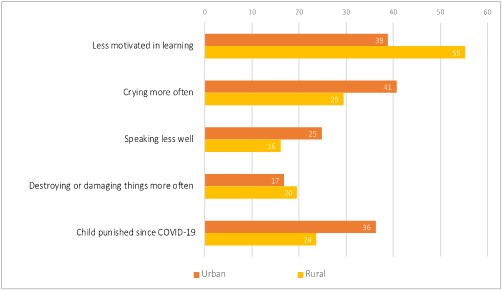
Figure 4. Caregivers’ reporting on children’s motivation, behavior, and child discipline at home (%)
Most caregivers are planning to send their children back to school as soon as it reopens. Of those who are not, concerns raised were mainly about a lack of social distancing and hygiene measures. Hence, government support to school principals and teachers is critical to mobilise parents and caregivers to encourage them to send children back to school when it reopens.
Strategies are needed to strengthen the Information flow between schools and families.
Most parents and caregivers have received little support from schools or local governments during school closures. It is striking that only 10% of caregivers reported that they have been in contact with pre-primary teachers or school principals, with differences by household wealth and across regions (see Figure 5). More affluent households are more than twice as likely to be in contact with pre-primary teachers or school principals. In terms of regional variation, the exception is in rural households in Tigray, where more than one third of caregivers communicate with schools. Among caregivers who have been in contact, the majority have communicated face-to-face and it is likely to happen once a week or every two weeks. Importantly, caregivers who have communicated with teachers or principals are more likely to be engaged in their child’s learning activities at home than those who have not yet communicated. The implication is that it is vital to improve information flows between schools and families to enable families to access timely, relevant information about the crisis and how to support children’s learning at home.
Special attention needs to be paid by the government to prioritise early childhood education (ECE) in COVID-19 response planning
Our findings highlight that young children and their families received very limited support from education systems during school closures, especially for those living in rural or remote areas. As shown in our recent blog on the threat of COVID-19 on the country’s recent gain in pre-primary education, one major obstacle is the lack of prioritisation of pre-primary education in the Government’s response strategy and financial commitment to achieve this. There is an urgent need for policies that mitigate the effects of school closures to prevent learning gaps that would emerge in early childhood and exacerbate due to the crisis. This includes the need for strategies to support parents in encouraging children’s relevant play and educational activities at home. As schools in Ethiopia prepare to reopen, special attention needs to be paid to prioritise pre-primary education, both immediately and in the long term, and identify appropriate measures to ensure the early learning continuity and well-being of young children.

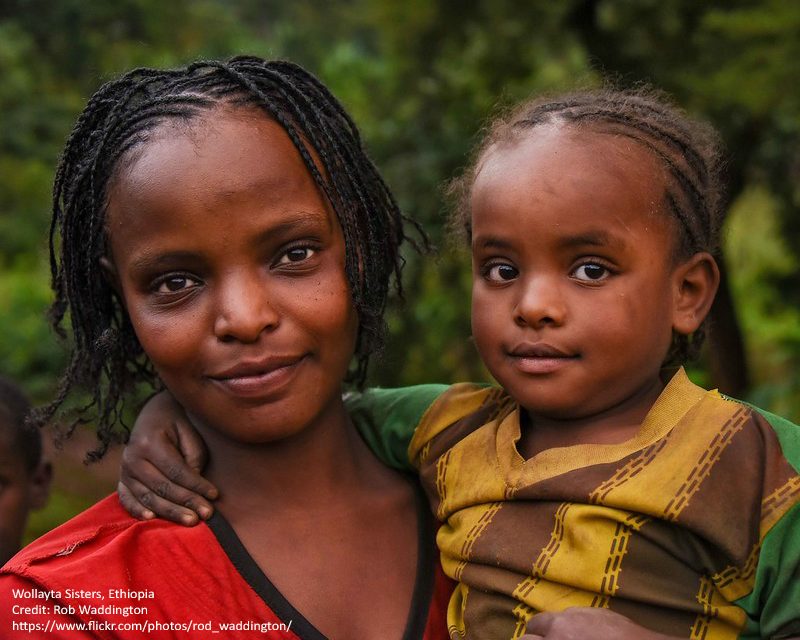
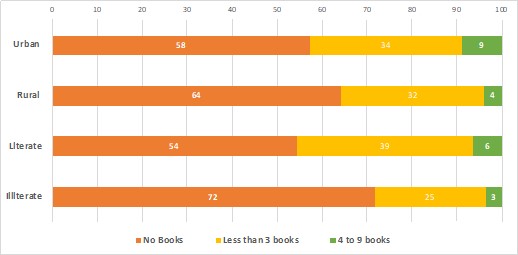
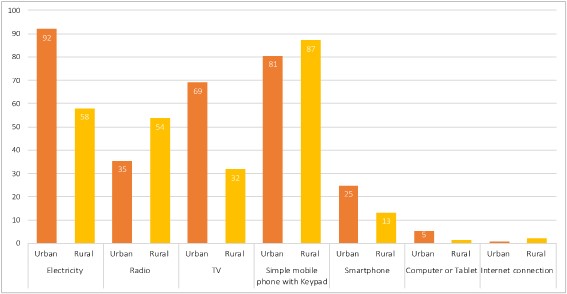
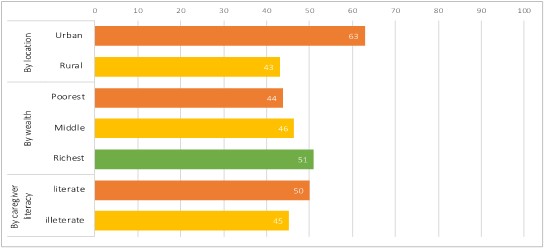
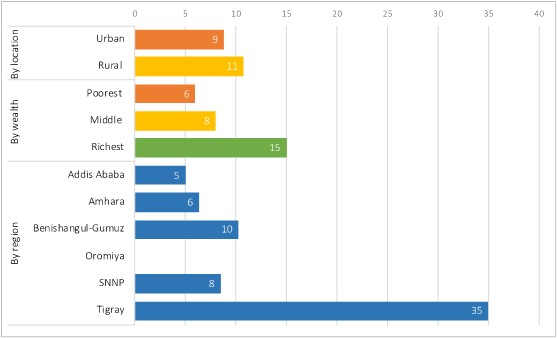
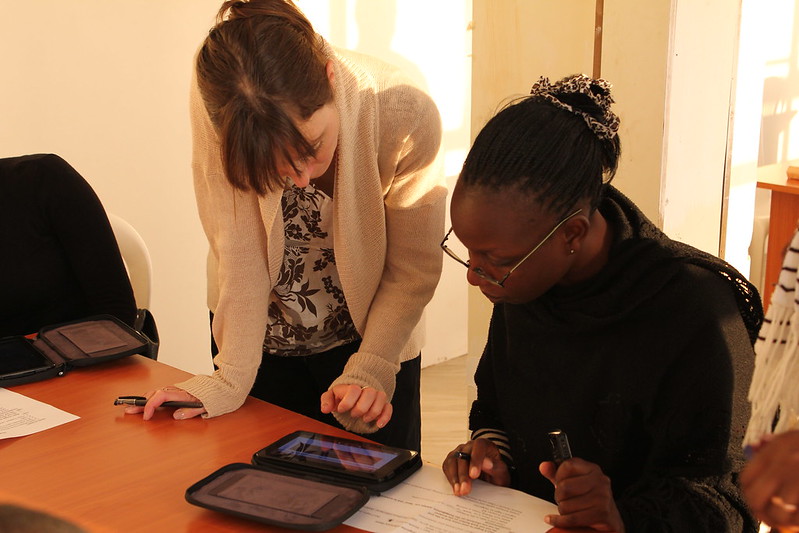
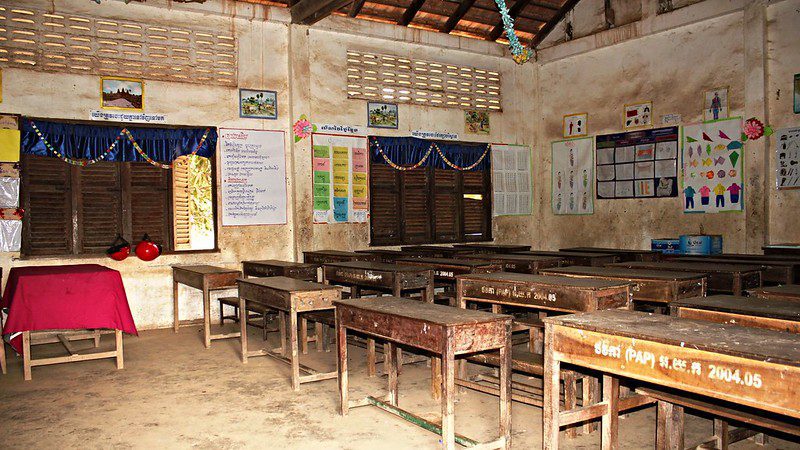

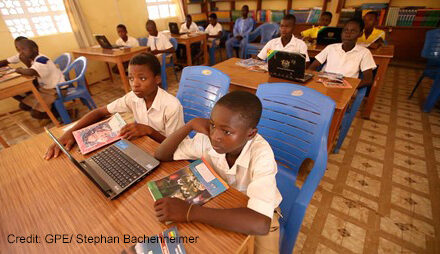
I got good time to read this blog this morning and gave the read it deserves for good. Really it is insightful and remarkable one.
Here you go with my thought of this blog: Although I will learn more from you how about the sample of how you selected regions yet, but two region who have different live for the others you selected is not included in your survey – Afar and Somali Region who are the two regions that are takes the major share of the 12% Pastoralists of Ethiopia population who really historically disadvantaged the long lines of Ethiopia’s development narratives.
Finally million thanks for the team who wrote tjis blog.
Best,
Abdiaziz, Jigjiga, Ethiopia
Dear Abdiaziz,
We are grateful that you found our article interesting, and we will be publishing the full report soon.
We had a long discussion with the full team in deciding which 5 regions to select. In addition to the urban administration of Addis, the survey aimed to collect data from rural households in the other regions. As we were working with contacts from the Early Learning Partnership contacts, most of the sample households in Somali were urban (75%). As we had several criteria to consider (region, O-Class enrolment status, location, mother’s literacy, and wealth tercile), we selected Benishangul-Gumuz instead.
Our report on the RISE phone survey with school principals and teachers was published on 1st October: https://www.educ.cam.ac.uk/centres/real/publications/ffects%20of%20COVID-19%20on%20principals%20and%20teachers_Ethiopia.pdf
This survey includes a sample of school principals and teachers from Somali, which presents indeed a greater degree of disadvantage in the region, which you might find of interest.
We sincerely appreciate your interest and feedback on our blog, and please feel free to reach out to us if you have further inquiries.
Best wishes,
Janice